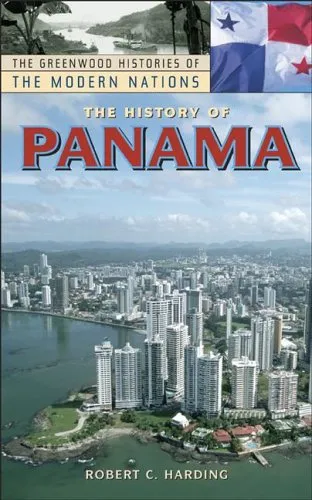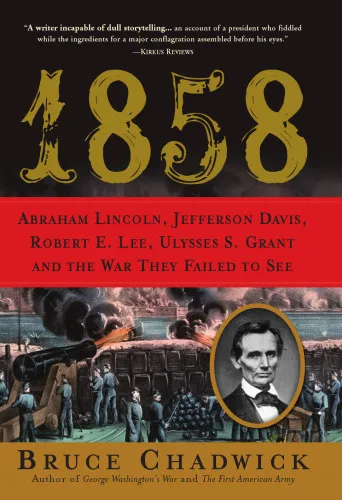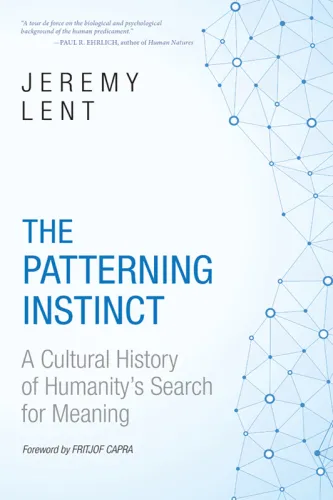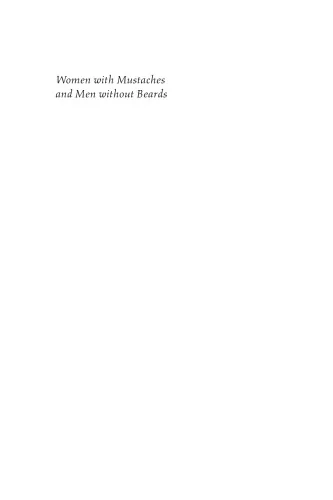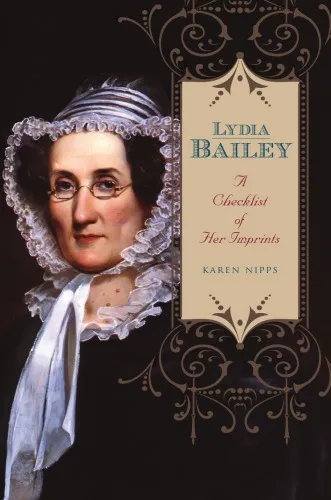Iranian Studies
4.0
Reviews from our users

You Can Ask your questions from this book's AI after Login
Each download or ask from book AI costs 2 points. To earn more free points, please visit the Points Guide Page and complete some valuable actions.Related Refrences:
Analytical Summary
The book Iranian Studiespp.421—424, authored by Sarah Ansari, offers a refined look into the rich tapestry of Iran’s historical narrative and cultural discourse. Crafted with an academic precision that appeals to scholars and informed readers, the work occupies a distinctive place in the field of Iranian studies by consolidating complex ideas into a clear, concise, and intellectually engaging form.
Within these pages, readers encounter a blend of historical analysis and cultural reflection. While the specific publication year is information unavailable due to no reliable public source, its timeless relevance lies in its careful examination of Persian heritage, political evolution, and societal transformations. The text engages cross-disciplinary methodologies: historical comparison, socio-political frameworks, and literary contextualization.
From page 421 to 424, the reader experiences a concentrated narrative that synthesizes a larger body of scholarship into essential insights. This section of the book serves not only as an encapsulation of key arguments but as a thematic bridge to broader debates within Middle Eastern history and Persian cultural analysis.
Key Takeaways
The key takeaways from Iranian Studiespp.421—424 revolve around the nuanced interplay between Iran’s political heritage and its cultural identity, as interpreted through scholarly lenses.
Readers gain a balanced understanding of how Persia’s imperial legacy influences modern governance structures and debates on national identity. The author’s approach demystifies complex events without diluting academic rigor, allowing the section to act as both a learning tool and reference material for further study.
Another important insight is the attention given to cultural narratives, including art, literature, and linguistic traditions, which reflect and reinforce societal values over centuries. This holistic view is invaluable for academics seeking interconnected perspectives on Middle Eastern history.
Finally, the text underscores the dynamic nature of Iranian cultural identity—how it adapts, resists, and thrives through historical challenges. By presenting these takeaways side-by-side, the work encourages readers to connect history with contemporary challenges.
Memorable Quotes
“Historical narratives are living entities; they evolve with our understanding of the past.”Unknown
“Iran’s cultural identity cannot be viewed solely through the prism of politics; it is as much about art, language, and ethos.”Unknown
“The historian’s duty lies not only in preserving facts but in interpreting their meaning for future generations.”Unknown
Why This Book Matters
Iranian Studiespp.421—424 holds significance for academics, policy analysts, and cultural historians alike. By distilling complex themes into accessible yet scholarly prose, it serves as a pivotal resource in the landscape of Iranian historiography.
The book bridges historical scholarship with contemporary cultural discourse, offering both depth and breadth. It illuminates patterns that are often overlooked in mainstream narratives, making it a vital companion for serious research in Middle Eastern history and Persian cultural analysis.
Its enduring relevance lies in the way it prompts readers to question assumptions, refine interpretations, and engage with the continuous dialogue surrounding Iran’s role in regional and global contexts.
Inspiring Conclusion
For those invested in deepening their understanding of Iranian culture and history, Iranian Studiespp.421—424 offers a rare synthesis of academic rigor and narrative clarity.
By engaging closely with this segment, readers not only grasp key historical and cultural concepts but also open themselves to richer discussions in both scholarly and public spheres. The text invites further reading, sharing, and dialogue, ensuring that its insights remain active within the collective appreciation of Iran’s legacy.
Whether you choose to explore its content individually or in study groups, taking the next step will deepen your grasp of Middle Eastern history and Persian cultural analysis. Let Iranian Studiespp.421—424 be your starting point for informed research, critical conversation, and meaningful engagement with one of the world’s most profound civilizations.
Free Direct Download
You Can Download this book after Login
Accessing books through legal platforms and public libraries not only supports the rights of authors and publishers but also contributes to the sustainability of reading culture. Before downloading, please take a moment to consider these options.
Find this book on other platforms:
WorldCat helps you find books in libraries worldwide.
See ratings, reviews, and discussions on Goodreads.
Find and buy rare or used books on AbeBooks.
1092
بازدید4.0
امتیاز0
نظر98%
رضایتReviews:
4.0
Based on 0 users review
Questions & Answers
Ask questions about this book or help others by answering
No questions yet. Be the first to ask!

